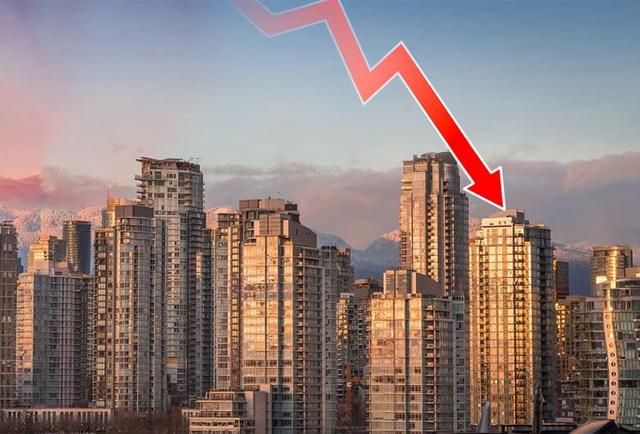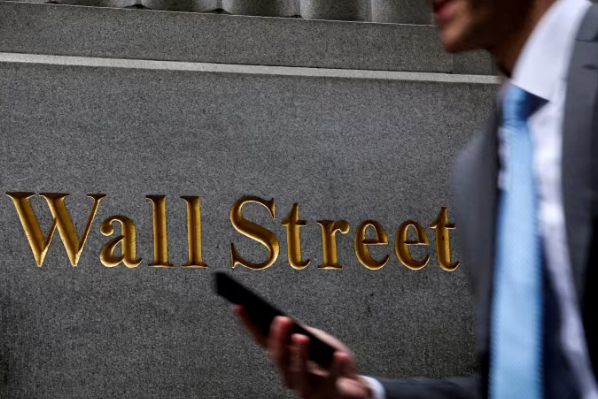
In the wave of global economic fluctuations, the US commercial real estate market has experienced unprecedented challenges and adjustments since reaching its historical peak in 2022. According to the latest data, as of September 25, 2024, the prices of the commercial real estate market have cumulatively fallen by 19%. This significant decline not only reflects the drastic changes in the market environment, but also indicates that the industry is entering a new stage of development. Media and industry analysis generally believe that as prices continue to decline, buyers and sellers are gradually reaching a consensus that this once prosperous market may be approaching the bottom of its predicament.
Looking back at the past few years, the US commercial real estate market has been a hot topic pursued by global investors. However, with the complex and ever-changing global economic situation, especially the aggressive interest rate hike policy adopted by the Federal Reserve to address high inflation, the commercial real estate market has suffered unprecedented impacts. The rise in interest rates directly drives up borrowing costs, making investors more cautious when evaluating projects, leading to a sharp decline in market liquidity. In addition, the rise of remote work has further weakened the demand for traditional commercial real estate, especially high-end office projects in urban centers, where vacancy rates have risen and rental income has sharply decreased.
Faced with the sustained downturn in the market, both buyers and sellers of commercial real estate have begun to re-examine market value and gradually formed a new consensus: the troubled market may be approaching its bottom. This judgment is based on multiple considerations.
Since its peak in 2022, commercial real estate prices have dropped significantly by 19%. This correction not only reflects the full release of market risks, but also lays the foundation for future value recovery. As prices continue to decline, sellers gradually accept market reality and are willing to sell assets at more reasonable prices; And buyers are starting to see investment opportunities in the market, with some funds beginning to flow back into the commercial real estate market. The expectation of interest rate cuts by the Federal Reserve and the gradual implementation of economic stimulus policies have injected new vitality into the market. A low interest rate environment helps to reduce financing costs and increase market trading activity.
Although the commercial real estate market is still in a period of adjustment, a series of positive factors are driving its gradual recovery. The expectation of a rate cut by the Federal Reserve has sent a clear signal to the market that a low interest rate environment will lower borrowing costs and increase investors' willingness to buy homes. This change is expected to promote a rebound in transaction volume in the commercial real estate market. With the gradual recovery of the global economy, the profitability of enterprises and consumer confidence have been improved, and the demand for leasing commercial real estate will also increase accordingly. Especially the recovery of retail, catering and other industries will bring new growth points to the commercial real estate market.
In the process of market adjustment, the commercial real estate industry is also undergoing structural adjustment and model innovation. For example, improving project quality by introducing new technologies such as intelligence and greenness; Reduce the risk of a single business model through diversified operations. These innovative measures will help enhance the attractiveness and competitiveness of commercial real estate.
For investors, facing the bottom exploration period of the commercial real estate market, they need to maintain a cautious attitude and seize opportunities. Before investing, investors should fully evaluate the risks and returns of the project, and make decisions based on market environment and personal risk preferences. During market adjustment periods, high-quality assets often have higher resistance to decline and potential for appreciation. Investors should focus on commercial real estate projects with superior locations, high-quality tenants, and good operating conditions. To reduce investment risks, investors can consider adopting a diversified investment strategy, diversifying their investments into different types of commercial real estate projects and regions. The market environment and policy environment are constantly changing, and investors should maintain keen market insight and flexibly adjust their investment strategies to cope with market changes.
In short, after a long period of adjustment, the US commercial real estate market is gradually showing signs of bottom exploration. For investors, this is both a challenging period and a moment of nurturing opportunities. Only by maintaining a rational, cautious, and flexible attitude can we seize real opportunities in market fluctuations.

Recently, a series of corporate borrower fraud cases have been exposed on Wall Street, implicating institutions such as Jefferies, First Brands, Zions Bank, and Western Union Bank, with massive loan losses triggering market panic.
Recently, a series of corporate borrower fraud cases have b…
According to a report citing the Messenger Post of Papua Ne…
In the latest meeting minutes released by the Bank of Japan…
November 4th witnessed a "day of terror" in the cryptocurre…
On October 26th local time, Tesla's CEO Elon Musk announced…
When the US National Nuclear Security Agency fell into an "…